Wiki Thai Amulets International 


Chinese-Buddhist design with a large-body Buddha image surrounded by a large bell line



The bell-line rolling in confirms its high age

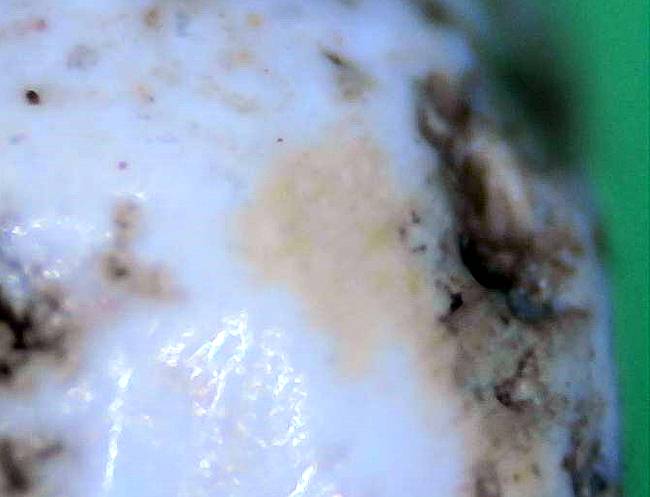
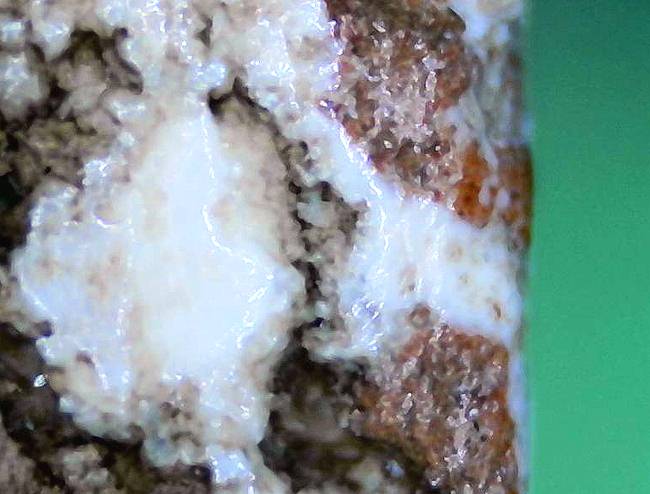
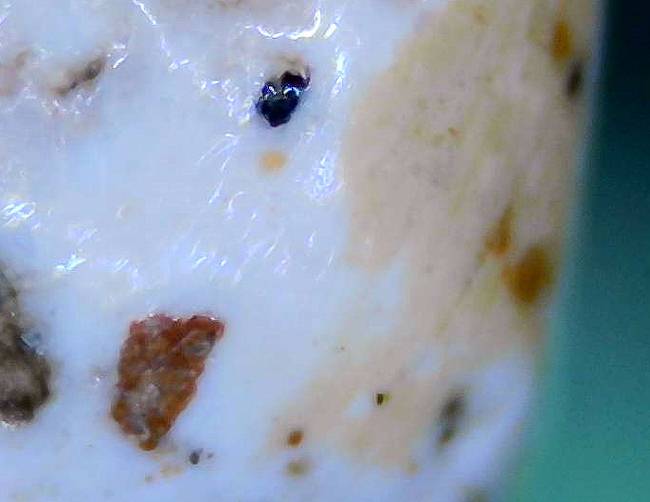
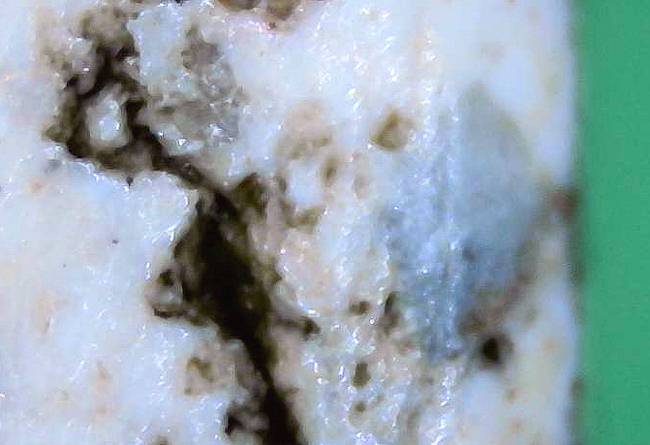
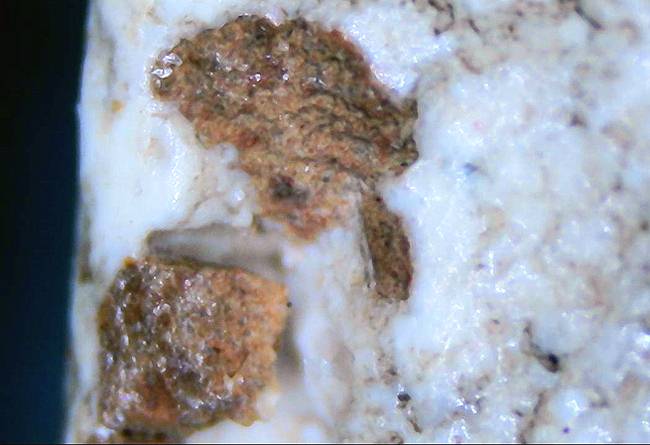
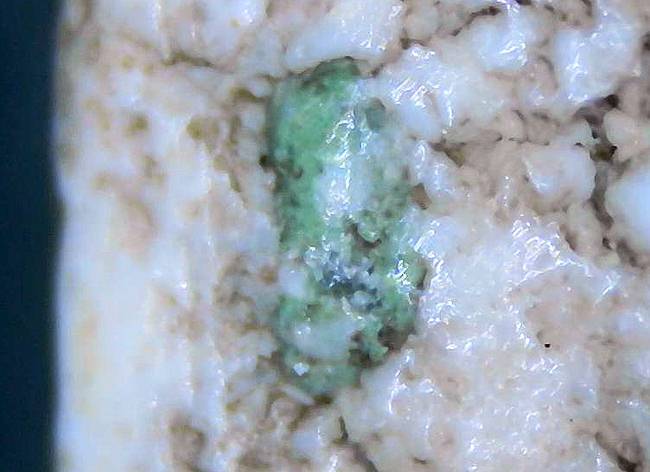
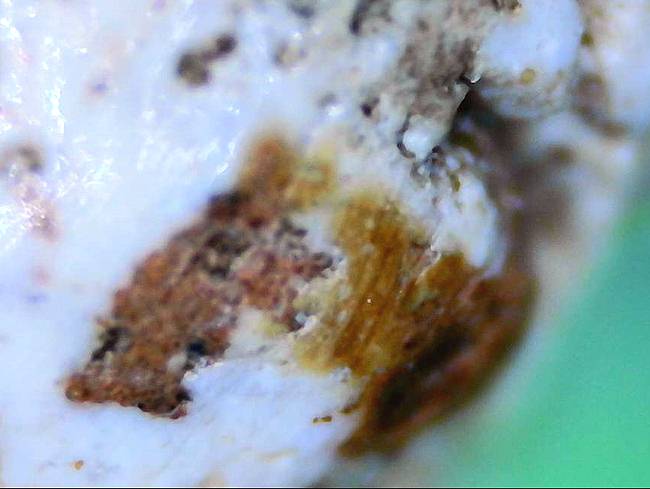
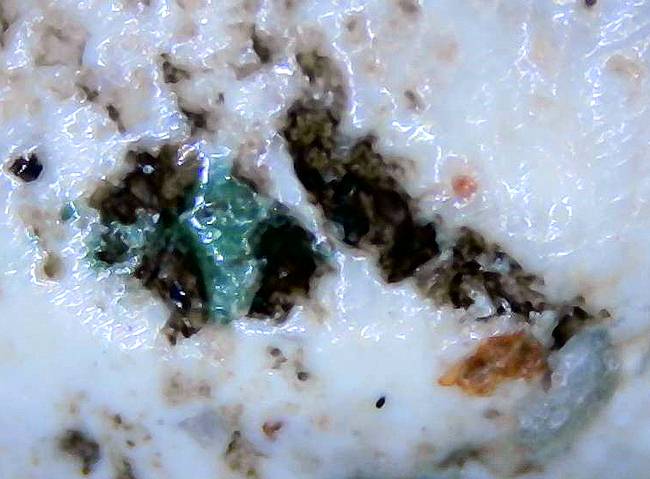
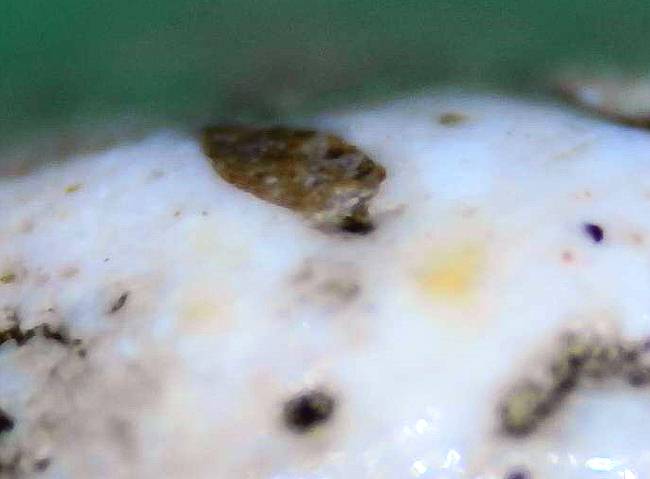

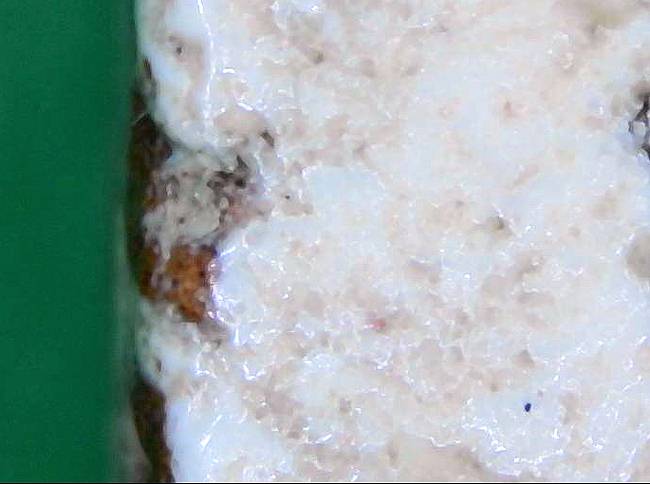
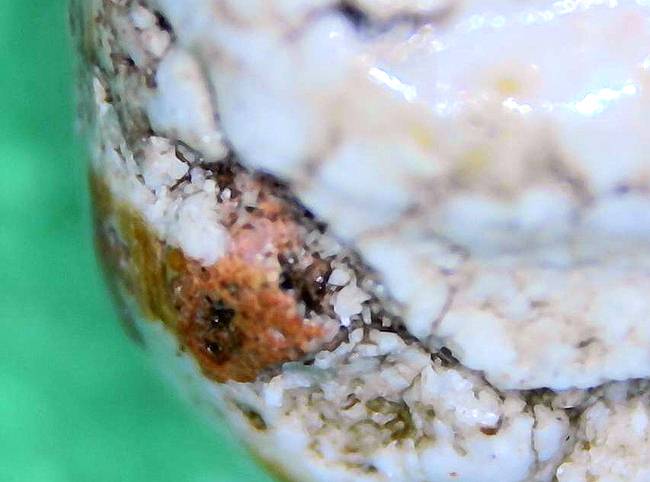

Somdej Toh (B.E.2331-2415), the creator and blesser of famous Somdej Wat Rakang (SWR) amulets
2405-2411年顺德瓦拉康寺 部沛物质
PAS Somdej Wat Rakang
Phim Phra Pradhan,
Lang Rieb, Nua PoonPetch,
B.E.2405-2411
Dimensions: 2.4 X 3.7 cm
Material(s): ground burned seashells + kaolin + Somdej Toh's holy materials
Item Ref: pp29413

This is a PAS Somdej Wat Rakang, Phim Phra Pradhan, Lang Rieb, Nua PoonPetch, created and blessed by Somdej Toh, during B.E. 2405-2411.
PAS = Preservational Approach Standard, please see details below
Phim Phra Pradhan = the mold of the principal Buddha image
Lang Rieb = flat back
Nua PoonPetch = a mixture of burned & ground seashells mixed with kaolin clay from China
This flat-back Somdej PoonPetch is of Chinese-Buddhist design. The Buddha image has a large-body size which is a popular design favored by Chinese Buddhists implying abundance and wealth.
Nua PoonPetch is a kind of many content/texture of PAS Somdej Wat Rakang. Nua PoonPetch has its specific physical characteristics, it's rather hardly to make fake for this kind of content/texture.
Nua PoonPetch has very fine grain and white color like milk.
Generally, Somdej Nua PoonPetch have less or hardly to find holy materials, but this piece have some of them as appearing on the surface.
Enlarged pics of the surface from microscope, we will see Somdej Toh's holy materials:
- green holy earth
- red-brown fragments of Kampaengpetch amulets
- gray holy stone
These are authentic features of the PAS Somdej Wat Rakang, Phim Phra Pradhan, LangRieb.
CHINESE CRAFTMANSHIP:
Creation of Somdej Wat Rakang, Nua PoonPetch, also have Chinese craftsmanship involved. Their backside typically bears auspicious Chinese character(s) or surname.
If there are no Chinese character(s) on the backside, the Buddha image is often made with a plump or large form.
Once the amulets were completed and fully dry, they were offered to Somdej Toh for consecration, before being distributed to family members, relatives, and friends.
Some Somdej Wat Rakang amulets with Chinese character(s) on the backside have been found scattered in the ChaoShan(潮汕) region of China.
ChaoShan(潮汕) comprises 4 major cities: ShanTou, ChaoZhou, JieYang, ShanWei (汕头, 潮州, 揭阳, 汕尾) in GuangZhou Province (广州省).
These amulets were brought back to China by Teochew Chinese people from Thailand and distributed to their relatives and friends, due to their experiences on the miraculous power of the Somdej amulets consecrated by Somdej Toh.
Why Must PAS Somdej Wat Rakang?
Collecting styles of Somdej Toh's Somdej Wat Rakang (SWRs) today can be divided into two main standards:
1) Traditional Approach Standard (TAS)
2) Preservational Approach Standard (PAS)
1) The TAS has old standard adhered to traditional criteria for evaluating SWRs. These criteria have been practiced since after World War II.
SWRs in this standard come from three temples: Wat Rakang (5th molds), Wat BangKhunPhrom or Wat MaiAmataros (9th molds), and Wat Keschaiyo (3 molds).
The primary focus of the TAS is "locking" on the DESIGN and CONTENT (texture) of SWRs, while giving less important to holy MATERIALS mixed in the amulets. The TAS adhered to the idea that if the imprint (mold) of a SWR and its content (texture) are accurate or correct, whether it has holy materials or not - it does not matter.
The TAS use only 10x magnified lens as the crucial instrument to evaluate any SWRs. They use less powerful and no high-tech instrument to evaluate SWRs that caused some fake or uncertain items of SWR have been sold.
The TAS's SWRs are in limited circulation, with approximately 400-500 pieces have been appeared in the amulet market so far. To acquire one, individuals need to purchase it from those who possess them. As the result, the price of these SWRs are on non-stop rising due to the limited availability and high demand.
This is the reason why the price of TAS's SWRs is going up high and higher to reach multi-million THB level.
2) The other SWR collecting style is known as the Preservational Approach Standard (PAS) or called in Thai as Sai Anurak. It is named as such because collectors of this group collect SWRs that have clear and reliable document support on their creations.
The PAS collectors aim to preserve or maintain the existence of those original SWRs.
PAS GAINS HIGHEST POPULARITY:
The PAS was gradually established several years ago and has now become the main group of collecting SWRs with the highest popularity in the country.
The PAS uses a 10x magnifying lens for initial examination and use a high-powered microscope for further reliable and accurate examination.
This makes the PAS gains a high credibility on SWR evaluation that leads so many and many collectors nationwide following this approach.
The PAS places great importance on MATERIALS, CONTENT (texture), and MOLD (Phim) of a SWR.
SOMDEJ TOH'S 50 YEARS ON
SOMDEJ AMULETS CREATIONS:
Many scholars and collectors in the PAS have extensively studied so many documents and found that Somdej Toh created SWRs from the year B.E. 2365 to 2415, spanning around 50 years. Somdej Toh created his holy amulets on various significant ceremonies, a total of 14 times, with 84,000 pieces created for each ceremony.
Apart from that, Somdej Toh also created SWRs almost every day to distribute to people, with the help of his disciple monks in the temple and royal artisans who assisted in the creation processes. Some of these SWRs were preservedly stored in more than 10 different temples to maintain Buddhism.
The main materials used in creating those great SWRs were powdered seashell mixed with around 20-30 other ground additives. These materials were commonly found in surrounding areas, but there are several key materials that are common or the same which plays an important role in evaluating SWRs.
There are clear documentary evidences that Somdej Toh created a vast number of SWRs. This makes the PAS's SWRs having inexpensive price, which is beneficial to collectors directly.
ORIGIN SOURCE OF ALL
SOMDEJ AMULET MOLDS:
It is worth noting here that while Somdej Toh was still alive, Wat Rakang was the origin source of all Somdej amulets' molds. All of many master molds were originally carved by royal artisans and so many duplicated molds were also produced concurrently for making Somdej amulets.
Samien Traduang, a layman disciple of Somdej Toh, requested molds for making Somdej amulets to store in Wat BangKhunphrom. Somdej Toh gave him duplicated molds for Somdej amulets making. For Somdej Keschaiyo of Wat Chaiyo, AngThong province, all 3 molds of Somdej amulets were made at Wat Rakang and brought upstream to Wat Chaiyo for storing there.
PAS MAKING GREAT STRIDES:
The PAG has made significant progress on SWRs' evaluation due to using scientific and technological instrument for evaluating each SWR. So, this is why the PAS is widely and internationally accepted.
The PAS's verification on SWRs is most popular at the moment in among collectors all over the country.
Please note that the evaluation criteria for SWRs between the Traditional Approach Standard (TAS) and the Preservational Approach Standard (PAS) differ. If you are seeking knowledge or information about a SWR, you must go to the correct pathway because each group has different criteria on evaluating.
.
NOTE:
*** Somdej Toh is a short and simple term for Somdej PhraPhutdhajahn (Toh Phromrangsie), the early-period abbot of Wat Rakang who created and blessed the famous Somdej Wat Rakang (SWRs).
Home
